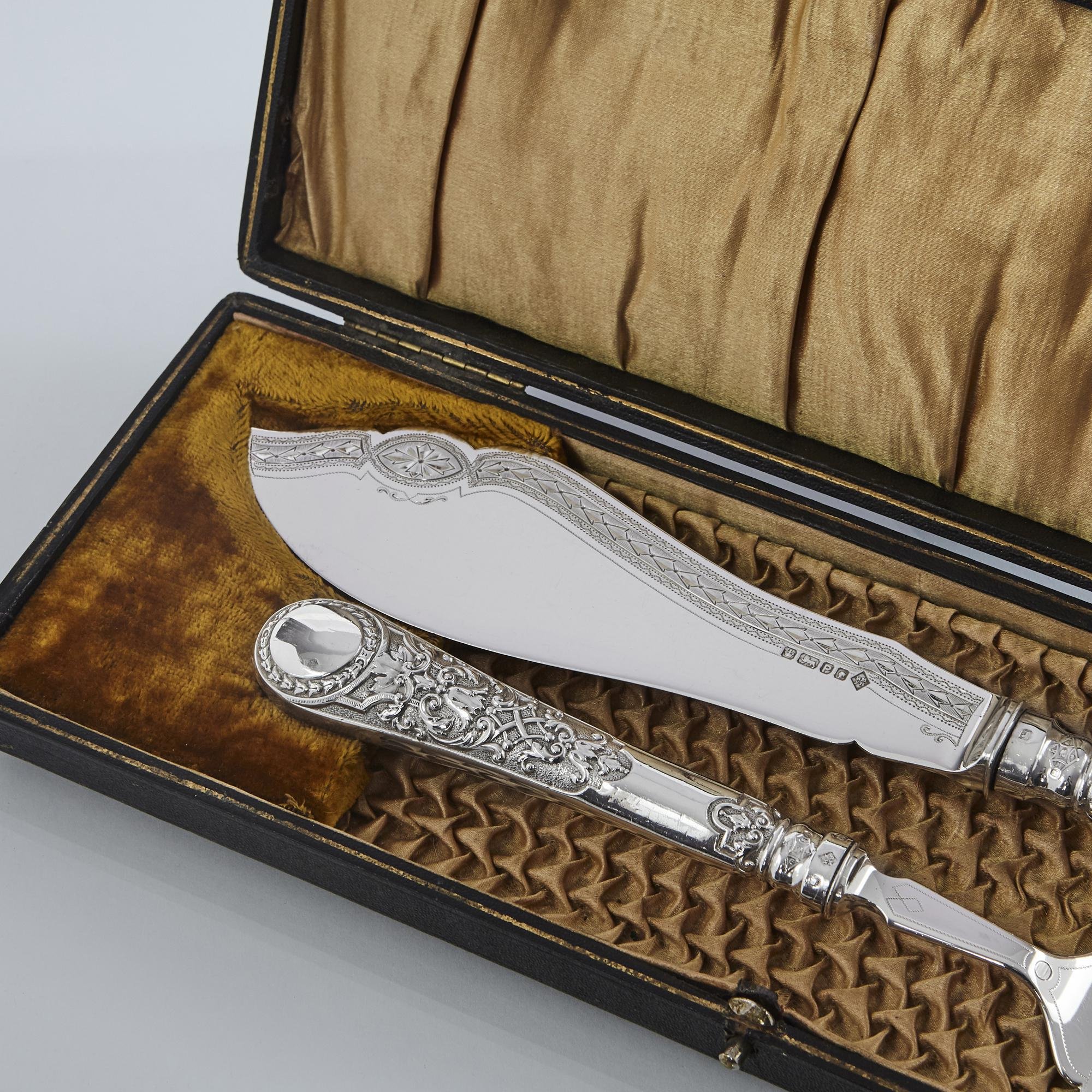Pepper Mills
6 October 2022
The grind continues - perhaps pepper grinders could be the new frontier in collecting.
Poppy McKenzie Smith
Poppy McKenzie Smith writes for The Telegraph about old, fast cars and spends most of her time at auctions encouraging other people to buy them.
George VI Sterling Silver Pepper Grinder. Hallmarked in London in 1945 by Mappin & Webb. Peugeot mechanism.
Available from I. Franks.
If a man’s home is his castle, then a collector’s home is their museum. Each room presents an opportunity to showcase interesting and beautiful objects, be it a Georgian escritoire in a study or a 50s petrol pump in the garage. Even the most functional of rooms can be filled with curios and beautiful examples of everyday objects. The kitchen, for example, ought to be a practical place filled only with sturdy utensils and wipe-clean white goods. In reality, it is often the heart of a home, and its décor reflects those who cook, eat, and live within it.
As a result, kitchenware remains a delightful meeting point of design and functionality. Consider the pepper mill, an entirely functional item which has been re-interpreted by countless artists, designers, manufacturers and even architects over the years to varying levels of ingenuity.
But before curvaceous examples by Alessi or the elegant Rosewood pieces from Hans Hansen graced our dining tables, there was the Peugeot (yes, of 207 fame), Model Z.. The design was an instant classic, and indeed is still being sold today, 148 years later, for an enticing £27 under the name Bistro.
In 1812, brothers Jean Pierre and Jean Frederic Peugeot inherited the family flour mill. Sensing an industrial revolution on the wind, they swiftly converted it into a steel mill and began fashioning springs, saws and even ladies’ crinolines. They kept a beady eye on developing fashions, and as the coffee craze swept Paris, they quickly turned their hand to manufacturing bean grinders. They quickly diversified from coffee to try their hand at grinding almost anything they could get their 19th century hands on – cereals, pepper, spices, even opium.
Some creations proved more viable than others – opium was usually reserved for a special treat in most households – and it was the pepper mills which really took off. In 1874, the “Z” model was launched, and countless others followed. The enormous Paris Model, beloved of jovial Italian waiters, launched in 1987. Rumour has it that Peugeot created comically large examples for restaurants on request, to ensure that customers could not pocket them after paying the bill – it is testament to the design’s enormous appeal that people would turn to petty crime to secure one.
In 1996, Peugeot produced its 1,000,000th pepper grinder, and remains the most celebrated manufacturer of grinders today. They use a patented system which freshly cracks the individual peppercorn between serrated steel teeth before grinding the spice, intensifying the richness of the spice. Peugeot are so proud of the strength of these teeth that they chose a logo to match them – the proud lion which adorns everything from Peugeot rally cars to their salt shakers represent not the force of their engines, but the might of their grinding mechanism. For decades, each Peugeot grinder has come with a lifetime guarantee, so confident are they in their mechanical prowess. If only the same could be said about their cars…
As such reliable yet elegant objects, the collectors and second-hand market for pepper grinders is interesting. People tend to only require one in their lifetime, but those who want to adorn their kitchen with different styles and makes (as collectors often do) are spoilt for choice. Peppercorns have been for centuries the most widely traded spice in the world and are used in every cuisine across the globe, meaning that a delightful array of pepper mills have been produced throughout the world for nearly 150 years. A keen collector could happily spend their life tracking down an example from every country.
Salt & pepper mills designed by Richard Nissen, produced by Nissen in Denmark 1950s, rosewood and steel.
Available from Studio Schalling.
Given the affordable prices of pepper mills (even a solid silver Tiffany number will only set you back about £130), they are a fun way to build a collection founded purely on joy rather than investment – surely the point of amassing anything. There are no rules in this realm, so novelty is very much in. Take this glorious Subbuteo pair for under £5 which would enhance the kitchen of any child of the 70s, or this funky dice for £35 which would liven up a dinner party table. Age does not greatly enhance or diminish the value of pepper grinders, so even this jazzy 90’s number for £12 which I fondly remember from my parents’ kitchen is worth adding to your collection if it catches your eye. Peugeot has never confirmed that it created the first pepper grinder, but much like men being in want of a wife, it is a truth universally acknowledged that they did so in 1874. Therefore, there are no known examples more than 150 years old and all have been mass produced, so it is best to narrow your collecting choices down by preferred design or chosen creator rather than focusing (as one might with whisky, furniture or silverware) on great age.
While this is not an arena in which to enter if you’re looking to make your millions, there are a few exceptions. Very rare pieces by known designers (particularly Danish and German) can fetch hundreds of pounds, such as these pieces by Jens H Quistgaard or this example by Gerald Benney, but that is more down to the cache of the creator than the particularly excellent grinding ability of the piece. This chirpy fellow from Etsy will do the job just as well - another pleasing aspect of collecting pepper mills is that beautiful and unusual examples such as this can be found in everywhere from charity shops and ebay to the smartest auction houses in the land.
For those who are looking to keep their collection firmly away from cookery and use them simply as ornaments, then you can afford to be a little more choice in your materials and designs. While the highest value pepper grinders tend to be linked to established designers, very rare or expensive materials can retain value for those collecting with one eye on the future. Rosewood pieces tend to be robust enough to withstand the rough and tumble of a family kitchen, but more delicate examples in silver may need to be handled more carefully. Do heed any instructions that come with more dainty pieces to avoid disaster – the ornate gold version of the legendary “Juicy Salif” lemon squeezer by Philip Starck came with strict orders never to actually use it to squeeze lemons as the acid would corrode the metal.
Whether your pepper mill is stored high on a shelf away from sticky fingers or cracked daily over breakfast, made of polished walnut or gaudy plastic, it is a fun and affordable way to venture in to collecting. It is a niche with mercifully few rules of provenance or design to dictate collectability, allowing collectors to indulge their more whimsical tastes.































